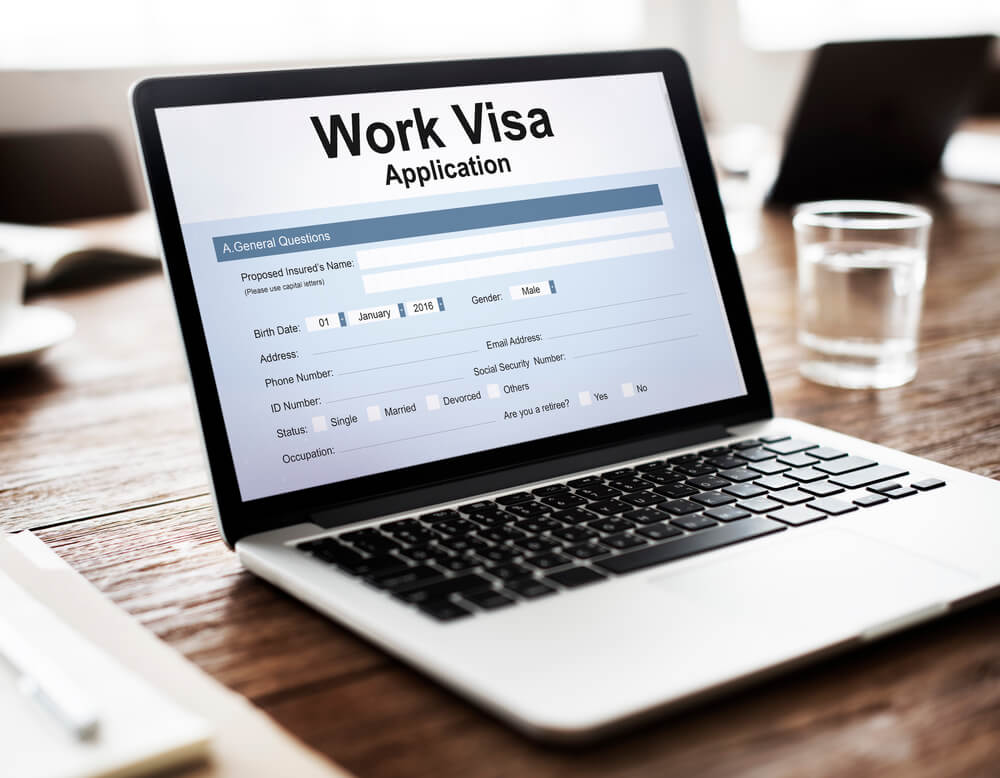Immigration changes the process of issuing work visas H-1B
Every year on April 1 trucks are lining up at the USCIS reception centers to deliver countless document-loaded pallets. So begins the annual season for accepting applications for working visas H-1B. Employers file hundreds of thousands of H-1B paper visa applications for foreign workers whom they want to hire for special jobs, in the hope that their application will fall within the annual limit of such visas.

Фото: Depositphotos
Since its inception in 1990, the H-1B visa program has allowed US companies to temporarily hire foreign workers for positions requiring higher education, such as scientists and engineers, teachers, nurses and accountants. Congress set an annual limit on 65 000 visas for H-1B, as well as an annual extension of this limit for 20 000 foreign workers with a master's degree from an American university. Tens of thousands of foreign workers are eligible for H-1B and are not subject to quantitative restrictions if they go to work in higher education institutions or non-profit organizations, writes CNN.
However, over the past few years, the process by which petitions are selected for further issuance of visas has demonstrated its inefficiency, as it is expensive and technically burdensome both for employers who want to hire foreigners and for employees of the US Citizenship and Immigration Services.
In recent years, the popularity of the H-1B visa program has increased. Over the past five years, the US Citizenship and Immigration Services receives more than two, and sometimes three times more applications than the H-1B visa limit.
When the agency receives more applications than provided by the H-1B limit, the computer-generated lottery randomly selects applications that will be sent for further processing to issue visas. But department officials must open each of the hundreds of thousands of packages sent to the agency, and enter enough information about each application to start the lottery. Non-selected due to a quantitative restriction of the petition for the issuance of H-1B will be rejected.
The program needed reforming to simplify the process of selecting and unloading USCIS employees.
That is why the Department of Homeland Security recently published a regulation that makes two simple changes to the program. They are expected to reduce employers ’overall visa application costs, make the program more cost-effective and technically efficient for the Citizenship and Immigration Services, and increase the chances of obtaining these visas for people with higher education in American educational institutions.
First, the new regulation involves an electronic registration process for participation in the lottery for issuing visas H-1B. Currently, employers spend a significant amount of time, money and other resources on completing a full application for inclusion in the lottery, but if the application was not selected, then all this time and money will be wasted. After the new filing process is implemented, employers, instead of a full paper application, will enter in the online form only basic information about their company and each requested foreign worker. After the lottery, only those whose petitions have been selected will be required to submit a full application for a visa. As a result, the volume of documents and data exchange will be significantly reduced, which will provide overall time and cost savings for the US Citizenship and Immigration Services and for employers.
The agency will suspend accepting e-applications during the 2020 visa issuance season for the fiscal year to complete user software testing and ensure that the system and process are fully operational. When the electronic registration system is ready, the US Citizenship and Immigration Services will publish information about its launch in the Federal Register on the eve of the start of the visa issuance season for which it will be used.
Secondly, the innovations will change the selection procedure for H-1B visas in order to increase the chances of visas being obtained by persons with higher education received in the USA. This simple adjustment may increase the number of H-1B visas issued to beneficiaries with a master's degree or higher from an American higher education institution, by about 5000.
The US Citizenship and Immigration Services is focused on reforming visa based employment programs so that they ultimately bring the greatest benefit to Americans.
Read also on ForumDaily:
USCIS changed the form to extend or change the status of a non-immigrant in the United States
USCIS free sessions to help prepare for naturalization in February-March
What services the immigration service provides online: list
9 US immigration facts worth knowing in 2019
Subscribe to ForumDaily on Google NewsDo you want more important and interesting news about life in the USA and immigration to America? — support us donate! Also subscribe to our page Facebook. Select the “Priority in display” option and read us first. Also, don't forget to subscribe to our РєР ° РЅР ° Р »РІ Telegram and Instagram- there is a lot of interesting things there. And join thousands of readers ForumDaily New York — there you will find a lot of interesting and positive information about life in the metropolis.











